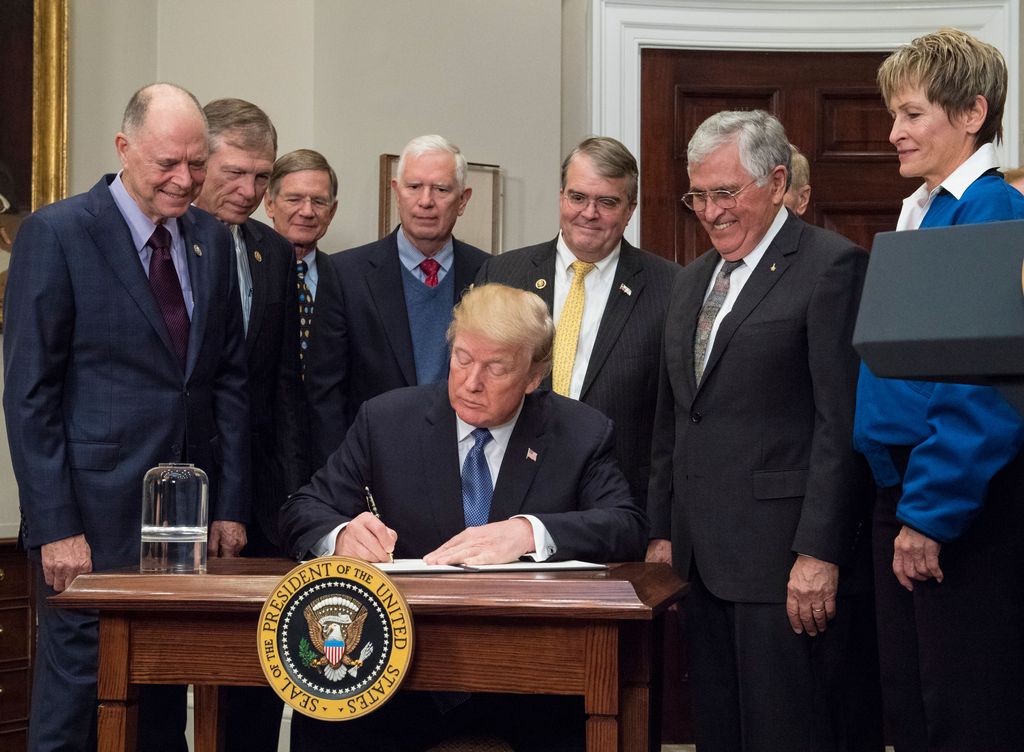
In a significant move poised to reshape the landscape of automotive regulation and environmental policy across the United States, President Trump recently enacted legislation designed to dismantle California’s ambitious auto emission standards. This decisive action, undertaken amidst considerable political and legal contention, targets a series of rules that have long positioned California at the forefront of environmental protection and, by extension, influenced vehicle standards nationwide.
The administration’s rationale for this sweeping policy reversal centers on claims of economic detriment and a perceived overreach by state-level regulations. President Trump articulated concerns that California’s requirements would impose undue burdens on consumers through higher car prices, hinder the competitiveness of American car manufacturers, and strain national electrical infrastructure. These arguments underpin a broader strategy to prioritize domestic industry and consumer choice over what the administration characterizes as overly aggressive environmental mandates.
However, the legislative victory for the Trump administration was immediately met with forceful opposition, signaling the commencement of a protracted legal and political battle. California, alongside a coalition of allied states, promptly initiated legal challenges, arguing that Congress’s intervention was unlawful and an infringement upon California’s long-standing authority to set more rigorous environmental standards. This confrontation highlights fundamental disagreements over federal versus state power, economic priorities, and environmental stewardship, setting the stage for an intense policy showdown.
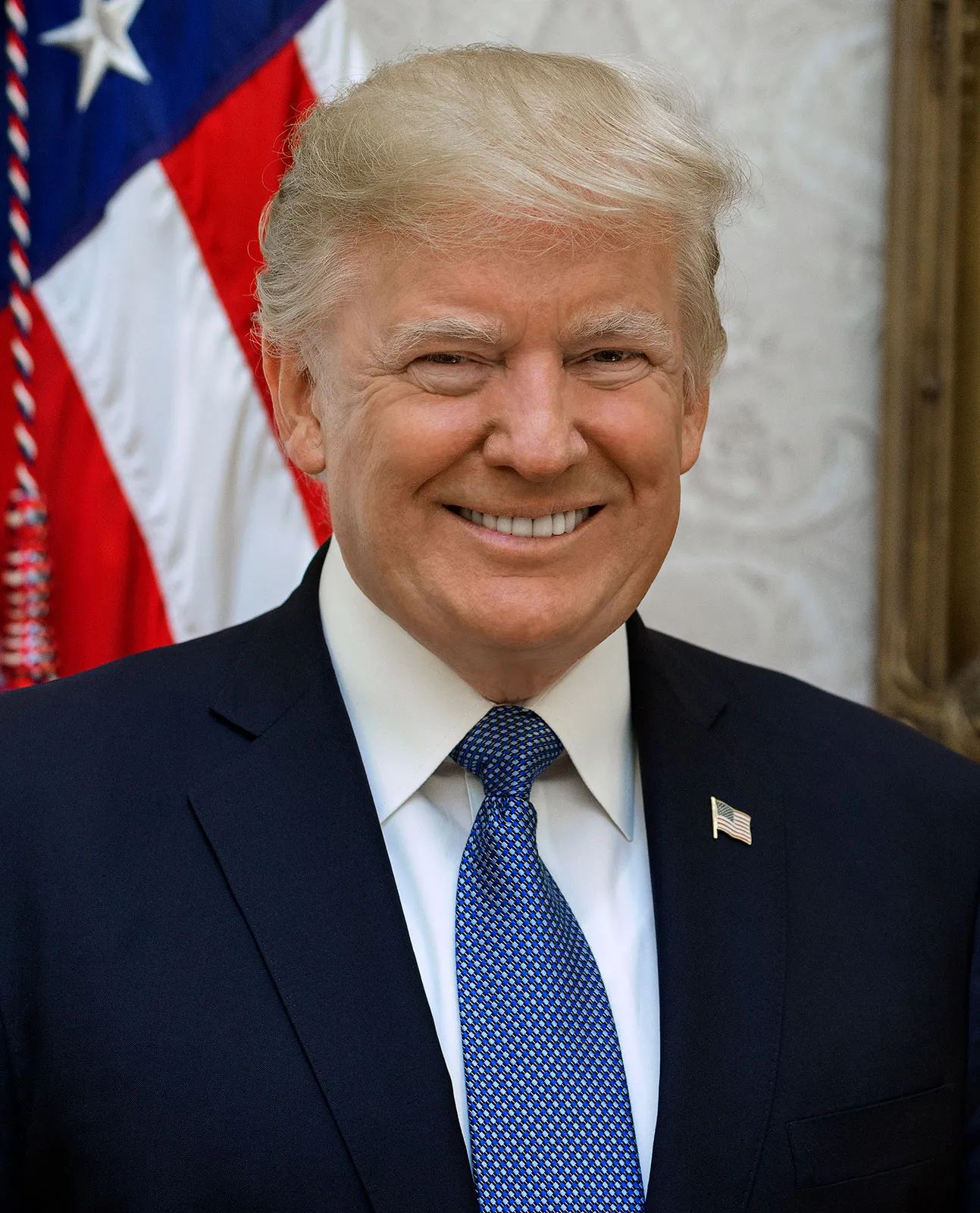
1. **President Trump’s Sweeping Reversal of California’s Auto Emission Standards**
President Trump executed a series of legislative measures aimed at rescinding California’s influential auto emission standards, including a pivotal rule that had projected the cessation of new gas-only car sales in California by the year 2035. During a signing ceremony held in the East Room of the White House, Trump characterized California’s planned zero-emission requirements for new car sales as “a disaster for our country.” This assertion was a central theme in his address, emphasizing the perceived negative ramifications for the national economy and automotive sector.
In his remarks, President Trump declared his actions would “officially rescue the U.S. auto industry from destruction by terminating the California electric vehicle mandate, once and for all.” He further asserted that the legislation would “kill the California mandates forever,” explicitly stating that it would thwart progressive initiatives intended to accelerate the adoption of electric vehicles. This move directly invalidated some of California’s most innovative regulations and, critically, undercut its historically recognized authority to establish more stringent vehicle emission standards than those mandated federally.

2. **The Target: California’s Landmark Ban on New Gas-Only Cars by 2035**
A primary target of the recently signed legislation was California’s Advanced Clean Cars II rule, a landmark regulation designed to significantly reduce greenhouse gas emissions from the automotive sector. This rule stipulated a progressive increase in the percentage of new zero-emission or long-range hybrid vehicles that car companies would be required to sell to California dealerships, commencing with 35% in 2026. The regulation was designed to culminate in a comprehensive ban on the sale of new gas-only cars within California by 2035.
President Trump had frequently and, as noted in the context, incorrectly described this regulation as an electric vehicle mandate during his second term. It is important to clarify that the Advanced Clean Cars II rule did not prohibit the sale of used gas-only cars, nor did it preclude other zero-emission vehicle technologies such as hydrogen-powered cars. Its focus was specifically on new vehicle sales, gradually phasing out traditional internal combustion engine vehicles over a defined period to push towards a cleaner transportation future.
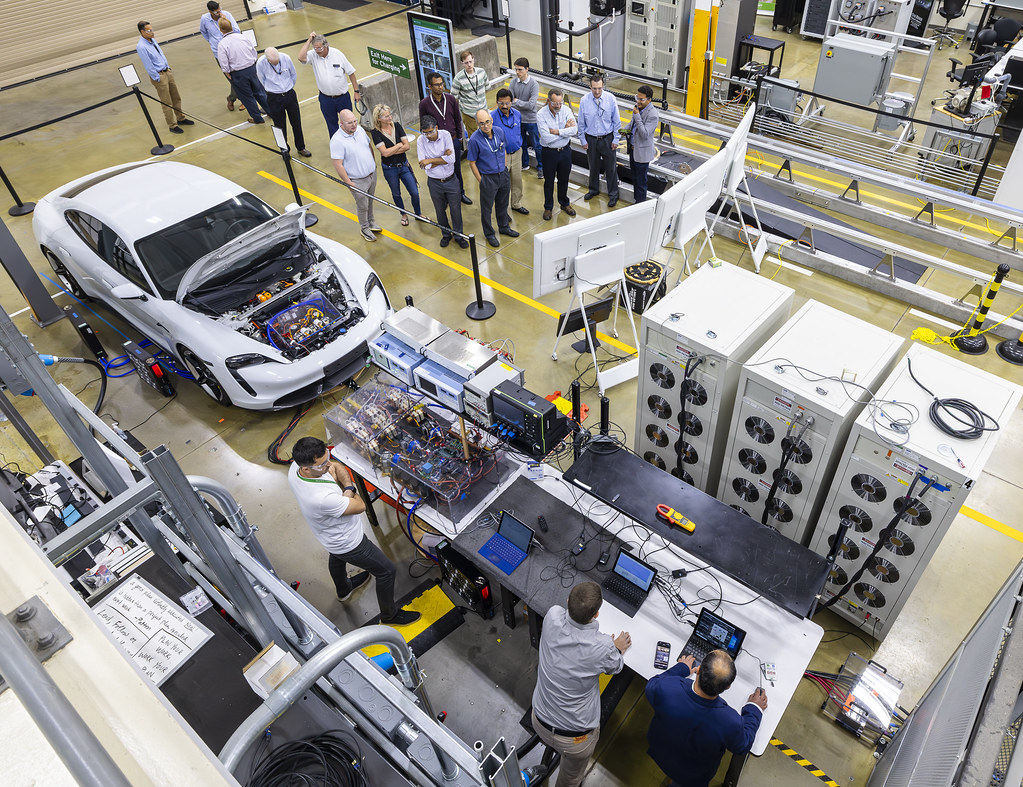
3. **Broadening the Scope: Repeal of Advanced Clean Trucks and Heavy-Duty Engine Standards**
Beyond the regulations impacting light-duty passenger vehicles, President Trump’s legislative actions also rescinded two other significant environmental regulations adopted by California. These included the Advanced Clean Trucks rule, which was designed to mandate that a substantial percentage of medium- and heavy-duty truck sales be zero-emission vehicles by the year 2035. This initiative aimed to address emissions from the commercial trucking sector, a significant contributor to air pollution.
Additionally, the Heavy-Duty Engine and Vehicle Omnibus rule was repealed. This regulation established cleaner engine standards for new heavy-duty vehicles and required specific warranties for these vehicles, aiming to ensure their environmental performance over their operational lifespan. The repeal of these measures collectively represents a comprehensive rollback of California’s efforts to decarbonize not just passenger transport but also the heavy-duty commercial vehicle segment, reflecting a broad rejection of the state’s ambitious regulatory framework.

4. **Trump’s Rationale: Economic Concerns and Industry Rescue**
President Trump’s justification for terminating California’s auto emission standards was primarily rooted in economic arguments and a stated intention to protect the U.S. auto industry. In his 50-minute speech at the bill signing ceremony, he vehemently criticized California’s regulations, describing them as “a disaster for our country.” He argued that these requirements would inevitably lead to higher car prices for consumers, thereby making vehicles less affordable across the nation.
Furthermore, Trump contended that these regulations would significantly hobble American car companies, impeding their ability to innovate and compete effectively in the global market. He also raised concerns about the practical implications for national infrastructure, asserting that the widespread adoption of electric vehicles as mandated by California would place “an incredible strain on electrical grids across the country.” These points underscored his administration’s position that the regulations posed a threat to economic stability and industrial vitality.
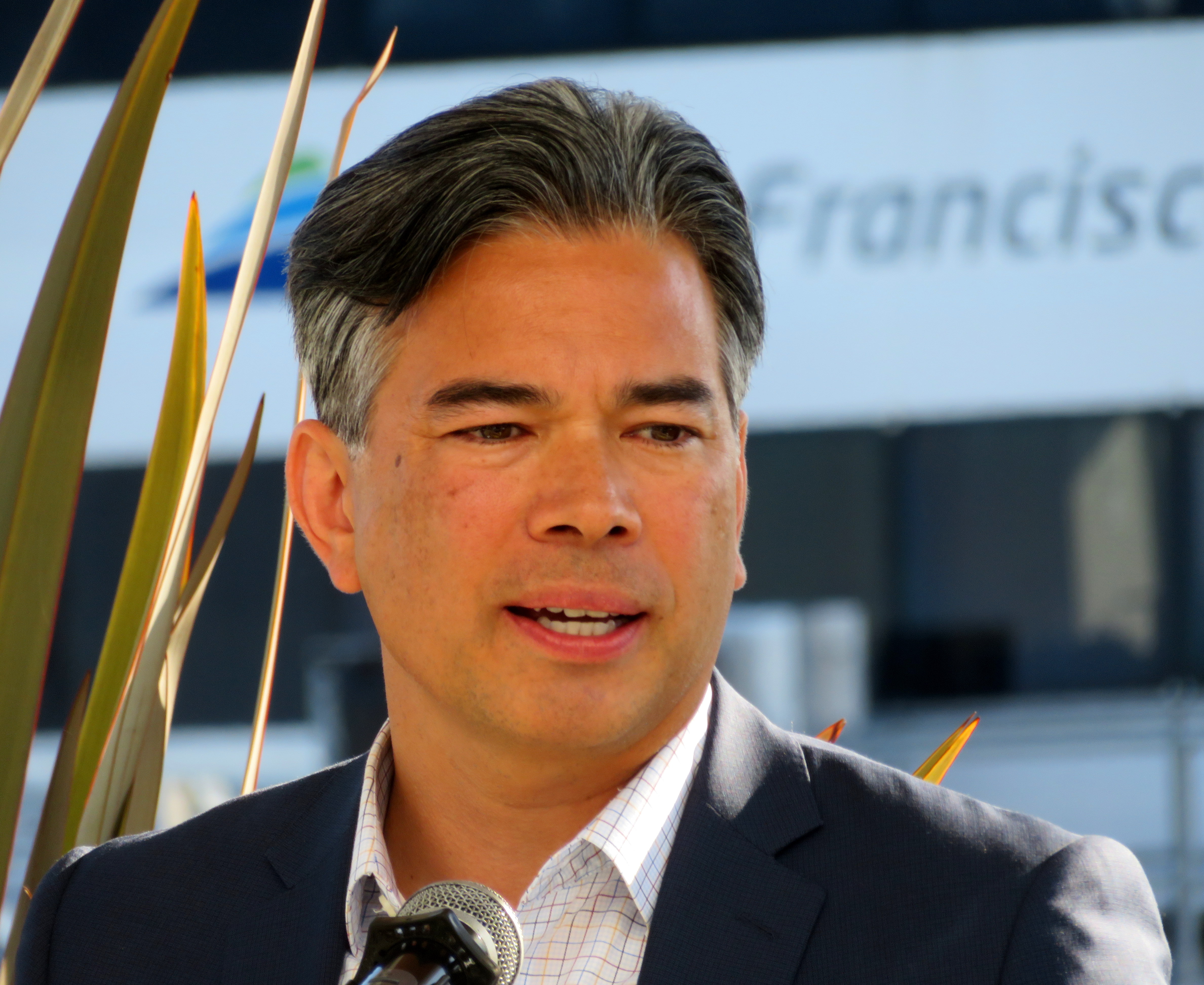
5. **The Legal Gauntlet: California’s Immediate Challenge to the CRA Invocation**
The ink had barely dried on the three bills when California, under the leadership of Attorney General Rob Bonta, initiated immediate legal action. Bonta led a coalition comprising 10 attorneys general in filing a lawsuit to contest Trump’s newly enacted laws, which had previously secured approval from Congress in May. This swift legal challenge underscored the deep opposition to the federal government’s intervention in California’s long-established environmental authority.
Attorney General Bonta asserted that Congress had acted unlawfully by invoking the Congressional Review Act (CRA) to nullify California’s emission rules. He emphasized the broader implications of the legal fight, stating at a news conference, “We’re doing this to ensure future generations inherit a livable planet with breathable air.” Bonta further characterized the president’s actions as a “divisive, partisan agenda” that jeopardized lives, the economy, and the environment, concluding with a firm declaration that the Trump administration would be confronted in court for the 26th time.
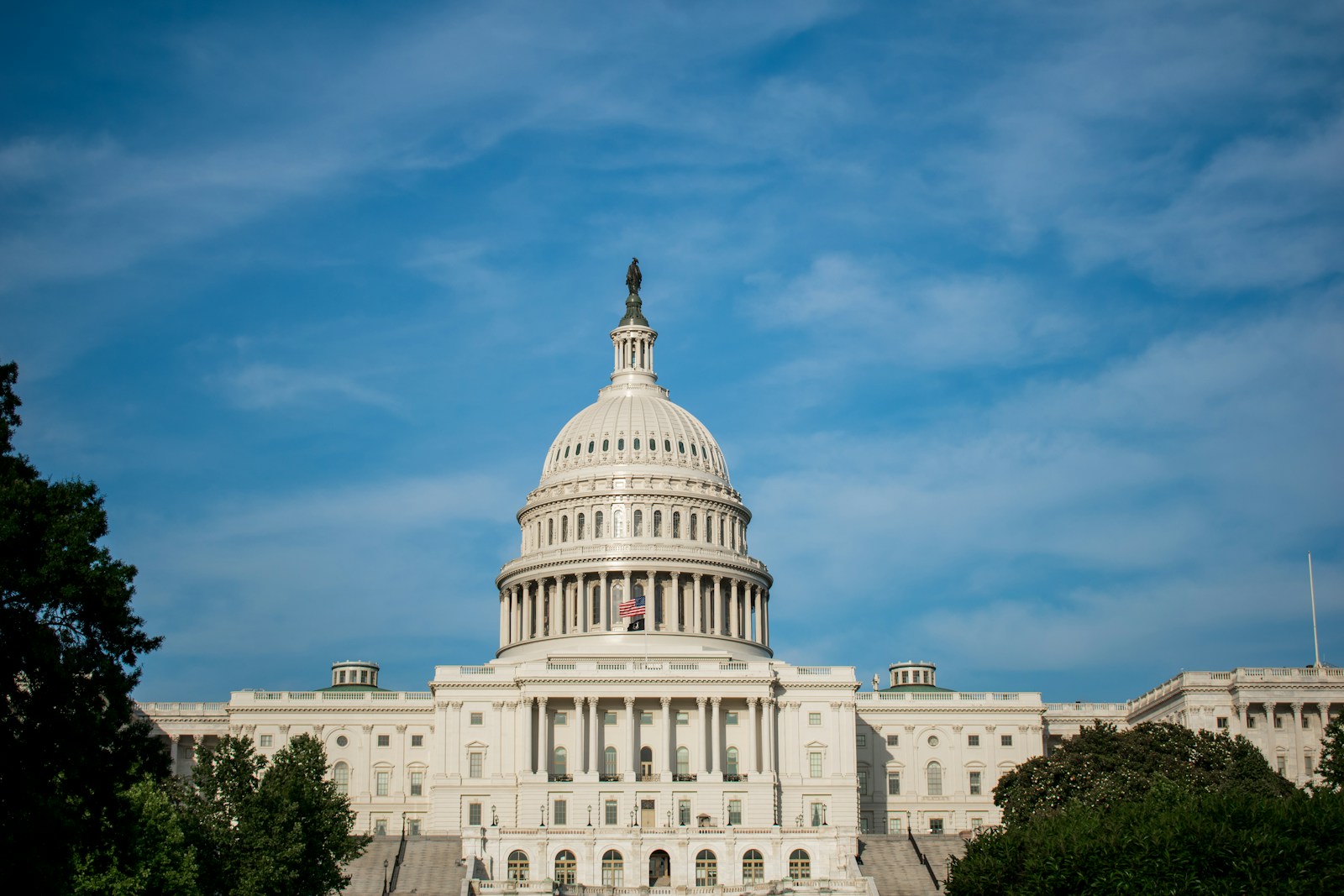
6. **Congressional Review Act Controversy: A Battle Over Federal Waivers**
The legal dispute surrounding the rescission of California’s auto emission standards hinges significantly on the appropriate application of the Congressional Review Act (CRA). This law is specifically designed to enable legislators to rescind major federal rules that have been adopted towards the end of a presidential administration. However, California and several congressional rules experts have contended that the CRA was improperly applied in this context.
The core of their argument is that federal waivers, which grant California permission to enforce its stricter auto emission standards, are administrative orders, not conventional rules, and therefore should not be subject to the CRA. This position was supported by prior determinations from both the Senate parliamentarian and the Government Accountability Office, who had stated that these federal waivers are not rules. Despite these authoritative rulings, the Senate proceeded with the vote and advanced the bill to President Trump’s desk with a simple majority.

7. **The Multiplying Opposition: Texas Joins the Legal Fray Against California’s Standards**
The legal confrontation over California’s vehicle emission standards escalated further with the intervention of the state of Texas. Texas announced its intent to join the legal battle, aligning with the Trump administration in challenging California’s attempts to implement vehicle emissions standards more stringent than those established at the federal level. This move signals a widening political and legal front against California’s environmental regulations.
Texas’s motion to intervene, filed with the United States District Court for the Northern District of California, Oakland Division, was supported by the pro-Trump legal group America First Legal (AFL). Daniel Epstein, vice president of AFL, stated, “California’s crusade is not about innovation—it is about abusing the legal system to flout federal law and impose its radical agenda on all Americans.” Texas Attorney General Ken Paxton further asserted, “Texas will not look the other way while the failed state of California undermines our sovereignty, attacks America’s energy independence, and intentionally adopts destructive policies that would harm the other States,” emphasizing a commitment to defending competition, consumer choice, and the rule of law against what they perceive as California’s overreach.
The preceding discussion illuminated the specific legislative actions undertaken by President Trump and the immediate legal and political responses. This second section delves into the broader implications of these policy shifts, examining the diverse reactions from key stakeholders, the historical context that underpins California’s unique regulatory authority, and the multifaceted economic and market consequences for the electric vehicle sector. Furthermore, it explores how these decisions align with a foundational ‘drill, baby, drill’ energy agenda, underscoring the comprehensive impact of this significant policy reversal on the nation’s energy and environmental future.

8. **U.S. Auto Industry Reactions: A Call for Unified Standards and Consumer Choice**
President Trump’s decision to rescind California’s auto emission standards garnered widespread approval from major players within the U.S. auto industry. Automobile trade associations and leading automakers were quick to applaud the announcement, viewing it as a crucial step towards establishing a more streamlined regulatory environment. This sentiment reflects a long-held industry desire for a singular, national standard rather than a patchwork of state-specific rules.
A spokesperson for General Motors, for instance, articulated this preference, stating that the industry has “long advocated for one national standard that will allow us to stay competitive, continue to invest in U.S. innovation, and offer customer choice across the broadest lineup of gas-powered and electric vehicles.” This perspective highlights the operational complexities and cost implications for manufacturers compelled to design and produce vehicles that comply with disparate regulations across different states, essentially, as Trump noted, building cars for “two countries.”
John Bozzella, President and CEO of the Alliance for Automotive Innovation, an influential trade group representing major automakers including Ford, GM, and Stellantis, echoed these sentiments forcefully. He characterized California’s EV sales mandates as “never achievable and wildly unrealistic,” contending that such requirements would be “harmful to auto affordability, to consumer choice, to industry competitiveness and to economic activity.” Bozzella emphasized that consumers desire a range of choices, encompassing efficient gas-powered, battery-electric, hybrid, and plug-in hybrid vehicles, rather than government dictates on their purchases. He further credited President Trump for “identifying this problem and doing something about it,” asserting that the repeal helped restore balance to U.S. emissions regulations.

9. **Environmental Advocates’ Outcry and the Forfeiture to Global Competitors**
In stark contrast to the auto industry’s positive reception, environmental advocates and climate change organizations expressed profound dismay and condemnation regarding President Trump’s policy reversal. These groups largely viewed the administration’s actions as a severe setback for climate action within the United States, effectively “kneecap[ping] climate action” and ceding critical ground in the burgeoning electric vehicle market to international competitors.
Michael Gerrard, founder of the Sabin Center for Climate Change Law at Columbia University, articulated a prevalent concern among environmentalists, stating that “the chief winners of this move are the oil industry and China.” Gerrard underscored the inherent threat electric vehicles pose to the demand for oil, suggesting that this policy shift further entrenches the dominance of fossil fuels. He also highlighted the significant geopolitical implications, noting that the move “further cements China as the global leader in producing electric vehicles,” a position evidenced by China’s two-thirds share of global electric car sales last year, a substantial increase from 50% in 2021.
Katherine Garcia, director of the Sierra Club’s Clean Transportation for All program, expressed similar alarm, asserting that “instead of investing in electric vehicle manufacturing here in the U.S. and leading us towards a healthier future, the administration is dead set on pushing us backwards and ceding EV innovation and leadership to China.” Environmental groups remain committed to advocating for cleaner transportation solutions, emphasizing the critical role of vehicle emissions, which account for the largest share of emissions in the United States, making up 28% of all greenhouse gas emissions, in the broader fight against climate change.
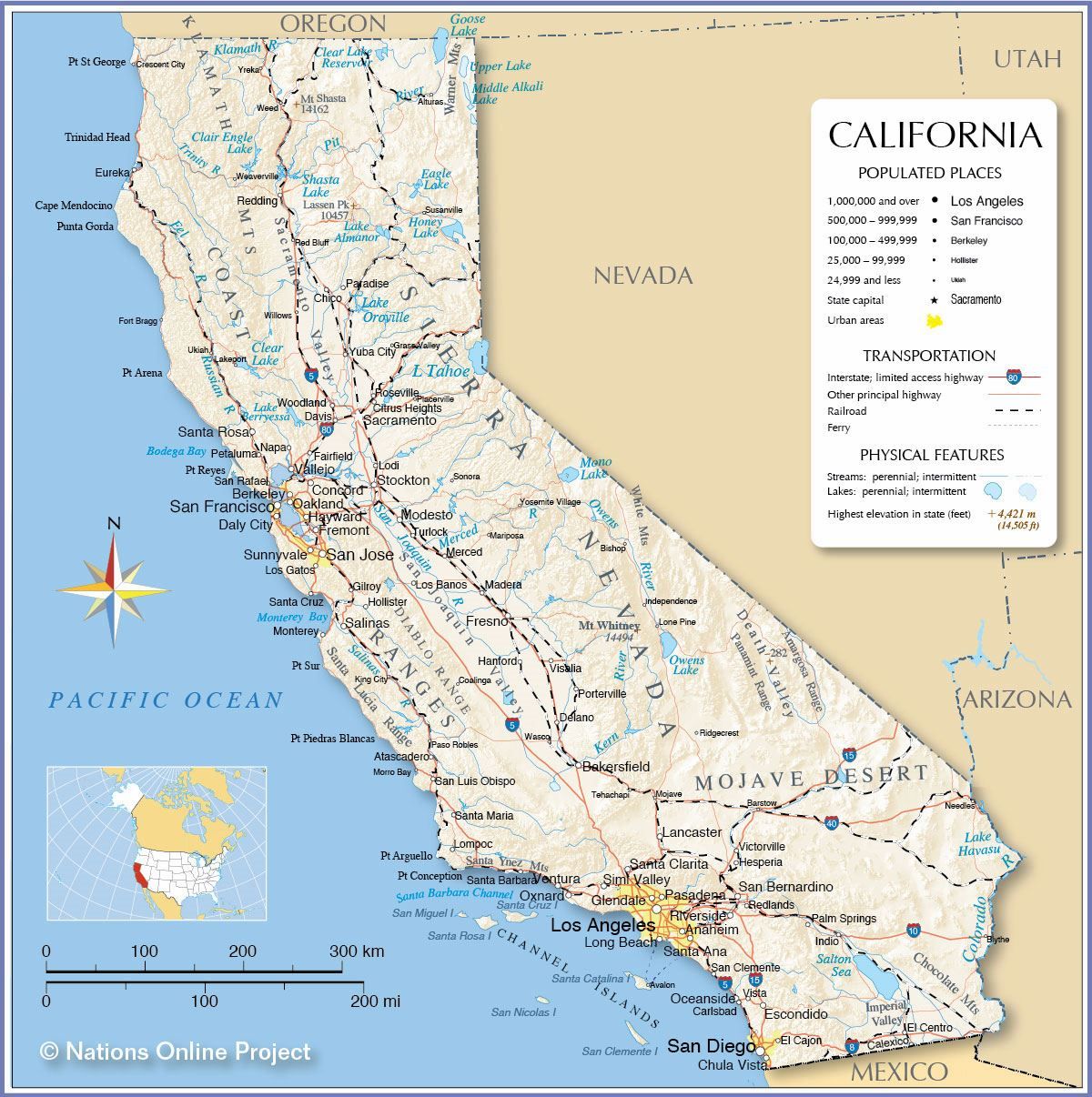
10. **California’s Unique Waiver Authority: A Historical Anomaly Under Threat**
The ongoing legal and political battle over auto emission standards fundamentally centers on California’s unique historical authority to set environmental regulations that are more stringent than federal benchmarks. This exceptional privilege stems from the state’s historically severe air quality issues, granting it a special waiver under the Clean Air Act to adopt its own pace-setting standards. This federal waiver from the U.S. Environmental Protection Agency (EPA) is indispensable for California’s stricter auto emission standards to be enforceable.
Over the years, this authority has had a profound impact beyond California’s borders. Many other states, primarily Democratic-leaning ones, have opted to adhere to California’s auto emission rules, rather than the federal baseline. According to a report from the California Air Resources Board, 17 other states and the District of Columbia have adopted at least part of California’s vehicle emissions standards, collectively representing 40% of the nation’s light-duty vehicle market and 25% of its heavy-duty vehicle market.
This widespread adoption of California’s standards has historically placed considerable pressure on auto companies to comply with the state’s progressive rules, effectively creating a de facto national standard. President Trump and many Republicans have consistently expressed frustration with this arrangement, arguing for a unified federal approach to auto standards. Trump himself remarked that the situation had the industry “tied up in knots for years,” noting, “They’d pass these crazy rules in California, and 17 states would go by them. The automakers didn’t know what to do because they’re really building cars for two countries.” The rescission of these federal waivers by the Trump administration therefore, represents a direct challenge to this long-standing and influential aspect of California’s environmental sovereignty.
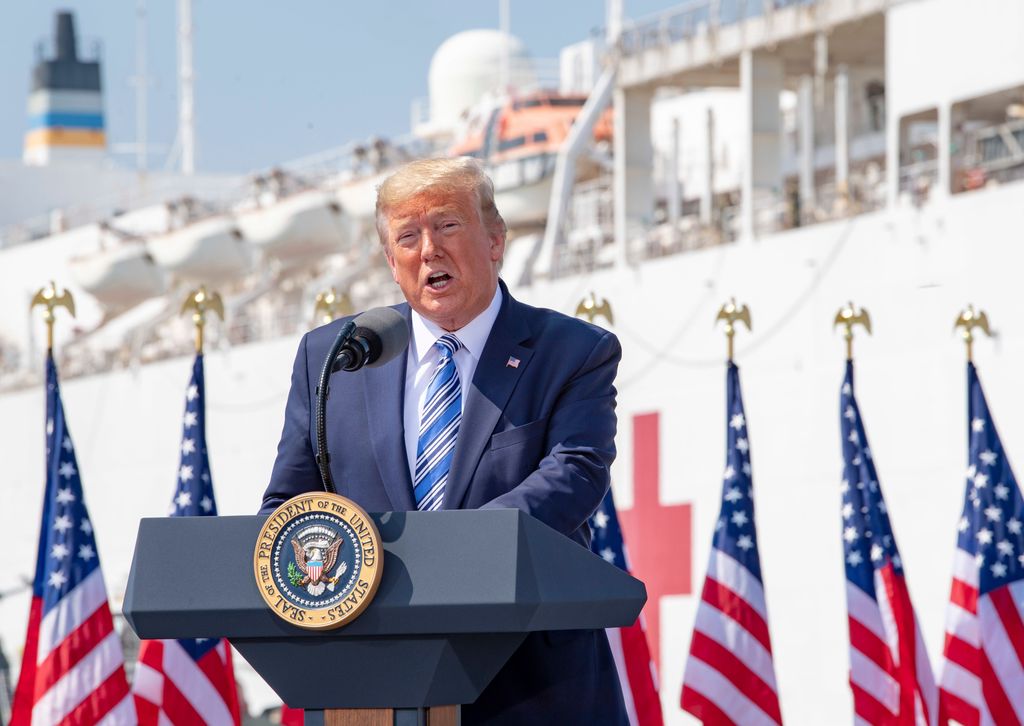
11. **Economic and Market Consequences for Electric Vehicles: Volatility and Choice**
President Trump’s legislative actions instantly introduced volatility into the electric vehicle market, signaling a significant shift in the regulatory environment that had previously favored EV adoption. The immediate market reaction saw a mixed performance among leading EV makers, with Tesla shares experiencing an initial rise before declining, while Rivian, General Motors, Stellantis, and Ford all observed declines in their stock values following the announcement. This suggests an uncertainty regarding the future landscape for electric vehicle sales and manufacturing without state-mandated targets.
The pro-Trump legal group America First Legal (AFL) argued that California’s stringent regulations, by effectively dictating requirements for all cars sold throughout the United States due to manufacturers’ typical practice of not producing different vehicle lineups for different states, would lead to “fewer choices for families, skyrocketing costs, and an America remade in California’s image.” This perspective underscores the administration’s focus on consumer choice and affordability, concerns that President Trump frequently raised during his remarks, linking them to the perceived economic burdens of the mandates.
Furthermore, President Trump noted a conversation with Tesla CEO Elon Musk, who reportedly stated, “Well, as long as it’s happening to everybody, I’ll be able to compete.” This anecdote suggests that while Musk and Tesla benefit from an EV-favorable regulatory climate, the company’s competitiveness is more fundamentally tied to a level playing field across the industry. New research also suggests that EV and emissions mandates have been “inflating costs for gas-powered cars” and utilities, lending credence to the administration’s claims of broader economic impact beyond just the EV sector itself.
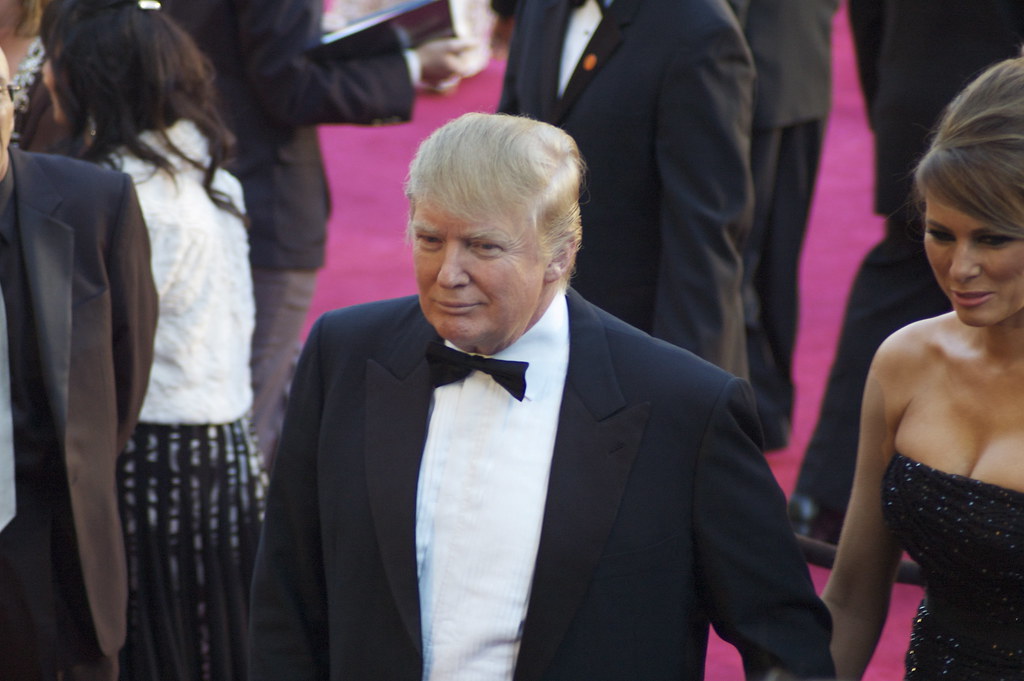
12. **The “Drill, Baby, Drill” Energy Agenda: Prioritizing Fossil Fuels**
President Trump’s move against California’s EV mandates is not an isolated policy decision but rather an integral component of a broader, more aggressive “drill, baby, drill” energy agenda. Upon assuming office, President-elect Trump declared a “national energy emergency,” signaling his administration’s paramount objective to substantially increase the domestic production of oil and other forms of fossil-fuel energy. This declaration framed energy policy as a matter of national security and economic prosperity.
Underpinning this agenda is a stated belief that the U.S. should maximize its fossil fuel resources. This stance is supported by the context that U.S. crude oil production had already reached an all-time high in the preceding year, providing a foundation for further expansion. Trump’s executive orders directly reflect this philosophy, including actions such as withdrawing the U.S. from the Paris Climate Agreement—a reversal of former President Joe Biden’s re-engagement—and revoking numerous Biden-era environmental actions.
Specific to domestic production, Trump signed an order aimed at reopening drilling in parts of Alaska, directly counteracting previous Biden administration efforts to limit oil and gas exploration in the state. He has also pledged to overturn Biden’s ban on offshore drilling in the Atlantic and Pacific coasts. These actions collectively reinforce a policy framework that prioritizes the extraction and utilization of traditional fossil fuels, explicitly stating that “The United States will not sabotage our own industries while China pollutes with impunity.”

13. **Broader Policy Alignment and Regulatory Freeze: A Comprehensive Deregulatory Push**
The legislative actions rescinding California’s auto emission standards are emblematic of a broader, comprehensive deregulatory push that characterized the Trump administration’s approach to governance. This policy shift was part of a suite of Day 1 executive orders and other actions designed to swiftly implement his stated agenda. Beyond the immediate impact on vehicle emissions, these measures touched upon several other significant policy areas, reflecting a holistic strategy to reshape the federal regulatory landscape.
A key element of this broader alignment was the elimination of what President Trump termed the “electric vehicle mandate,” a reference to an Environmental Protection Agency rule that had required auto manufacturers to halve greenhouse gas emissions in new light- and medium-duty vehicles starting in 2027. The EPA had estimated this rule would necessitate that 30% to 56% of new light-duty vehicles and 20% to 32% of new medium-duty vehicles be electric by 2032, illustrating the significant scale of the regulation that was targeted for repeal.
Further underscoring this deregulatory commitment, the administration implemented an immediate freeze on the creation of new federal regulations and a separate freeze on hiring new federal workers. These actions, coupled with directives for federal employees to return to in-person work, aimed to streamline government operations and reduce administrative burdens. Additionally, a presidential memorandum on inflation was signed, initiating an “all of government approach” to address consumer prices, integrating economic concerns into the overarching policy framework.

14. **The Enduring Legal and Political Battleground: Federalism and Future Trajectories**
The legislative repeal of California’s auto emission standards, far from resolving the contentious issue, has instead intensified an enduring legal and political battle. This ongoing confrontation underscores fundamental disagreements over federal versus state power, environmental stewardship, and economic priorities. California Governor Gavin Newsom immediately responded to Trump’s actions by declaring the state would sue to “stop this latest illegal action by a President who is a wholly-owned subsidiary of big polluters,” demonstrating an unwavering commitment to the state’s environmental agenda.
Newsom’s resolve was further solidified by an executive order directing state agencies to continue pursuing heightened standards despite the federal revocation. This move signals California’s intent to explore all avenues to maintain its regulatory leadership, even in the face of federal opposition. Conversely, the Trump administration announced its own intention to sue California, seeking to prevent the state from “trudging forward with the ‘unlawful’ emissions standards,” setting the stage for a protracted legal conflict in federal courts.
The legal arguments remain sharply divided, with California asserting its unique waiver authority and critics, like Michael Buschbacher, lead attorney with the American Free Enterprise Chamber of Commerce, arguing that “Congress passed the law. You can’t undo that law unless it’s unconstitutional, and there’s nothing unconstitutional here.” This complex interplay of legal interpretations, state sovereignty, and federal preemption ensures that the future trajectory of vehicle emission standards, electric vehicle adoption, and the broader ‘drill, baby, drill’ energy policy will continue to be litigated and debated across multiple fronts for the foreseeable future, shaping the automotive landscape and environmental policy for years to come.
The decisive legislative actions by President Trump to overturn California’s influential auto emission standards have thus ignited a profound re-evaluation of environmental policy, industrial strategy, and the delicate balance of federal-state powers in the United States. While the U.S. auto industry broadly welcomed a potential return to a single national standard, environmental groups voiced serious concerns about the implications for climate action and global competitiveness. The historical context of California’s unique waiver authority now faces an unprecedented legal challenge, with the economic and market consequences for electric vehicles remaining uncertain amidst this shifting regulatory landscape. Ultimately, these moves align with a staunch ‘drill, baby, drill’ energy agenda, ensuring that the debate over America’s energy future, vehicle technology, and environmental priorities will continue to unfold in courts and political arenas across the nation.



